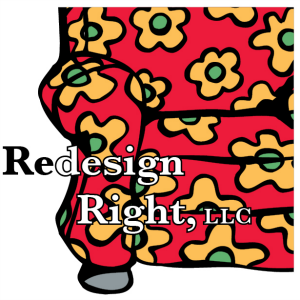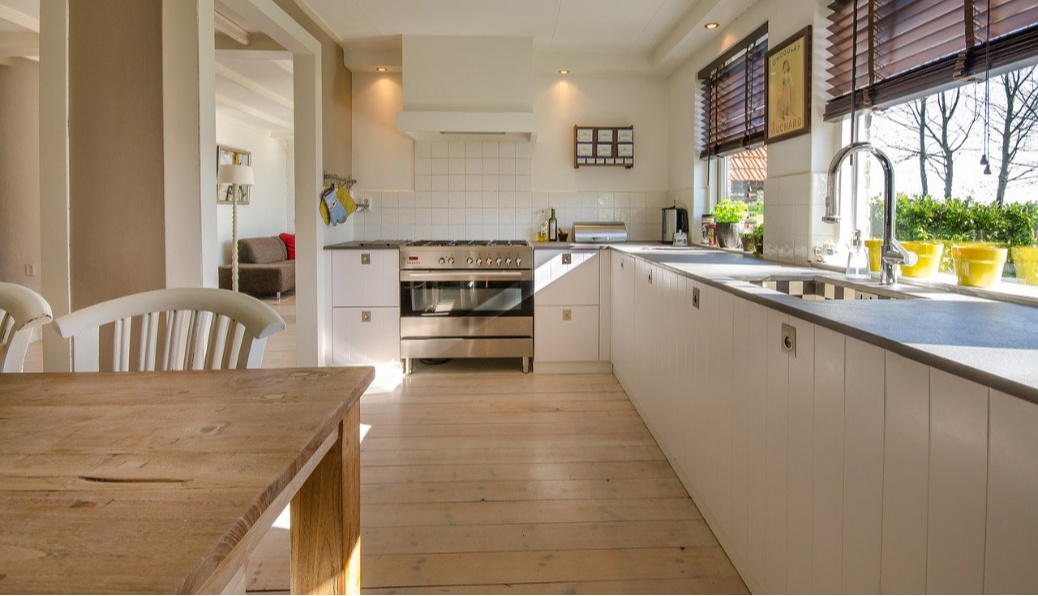How could I do a series on kitchen remodels without reviewing kitchen flooring options? If you missed the other articles in my kitchen series, take a moment to go back and read them: Planning a Kitchen Remodel, Kitchen Remodel: Cabinets, and Choosing a Kitchen Countertop.
According to the 2019 U.S. Houzz Kitchen Trends Study:
“Among the 69% of renovators updating their kitchen flooring, only a quarter opt for natural hardwood (24%), a significant decline from previous years (32% and 30% in 2017 and 2018 studies, respectively). Instead, engineered flooring collectively has become more popular (40%) than hardwood, with vinyl/resilient flooring keeping pace with laminate and engineered wood.†In the survey, 26% chose ceramic or porcelain tile 26%, 24% chose hardwood, 17% chose engineered wood, and 12% chose vinyl.
Let’s review some of the flooring options:
Porcelain or Ceramic Tile
Porcelain tile is less apt to absorb moisture. Click here to read the specific difference between the two. These tiles are eco-friendly, easy to clean, and affordable. It offers a tough surface, not forgiving on aging joints, they will chip and crack.
Hardwood and Engineered Wood
Hardwood has a nice and soft finish, and it can be refinished if scratched. It cannot be exposed to moisture for long without warping. Understand the difference between solid hardware and engineered wood, which is less prone to warping when subjected to moisture.
Laminate
This flooring is inexpensive, and they now have options that look like wood or stone, and has a floating installation system; therefore, it is DIY-friendly. Laminate is made of multiple layers of material, and it is extremely durable. The primary layer is made of a high-density fiberboard that offers rigidity and strength. Laminate is highly stain-resistant; however, it is not good in areas with extreme moisture.
Vinyl and Luxury Vinyl
Vinyl comes in various styles and shapes, such as plank, tile, and sheets. They have mimicked the look of wood and created a product that won’t chip, can handle moisture, soft on the feet, and is DIY-friendly. Furniture can leave marks on vinyl’s soft service, and foot-traffic patterns will be seen over time. Luxury Vinyl is made primarily from vinyl, plastic. There are various types, to learn in detail about them, click here.
Understanding how your color palette works together and each element in your kitchen design are critical to your overall happiness of the completed project. If you need help pulling your kitchen remodel together, give me a call 610-955-8202 or email for a consultation!
By Debbie Correale, Redesignright.com, Facebook.com/redesignright, Instagram.com/redesignright, LinkedIn, Pinterest, Houzz. Image by Rudy and Peter Skitterians from Pixabay.

